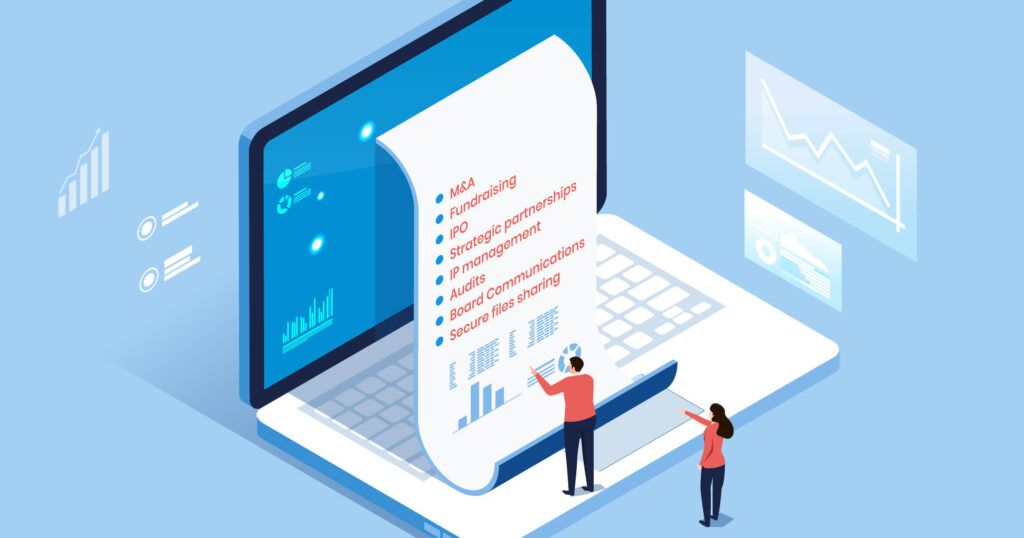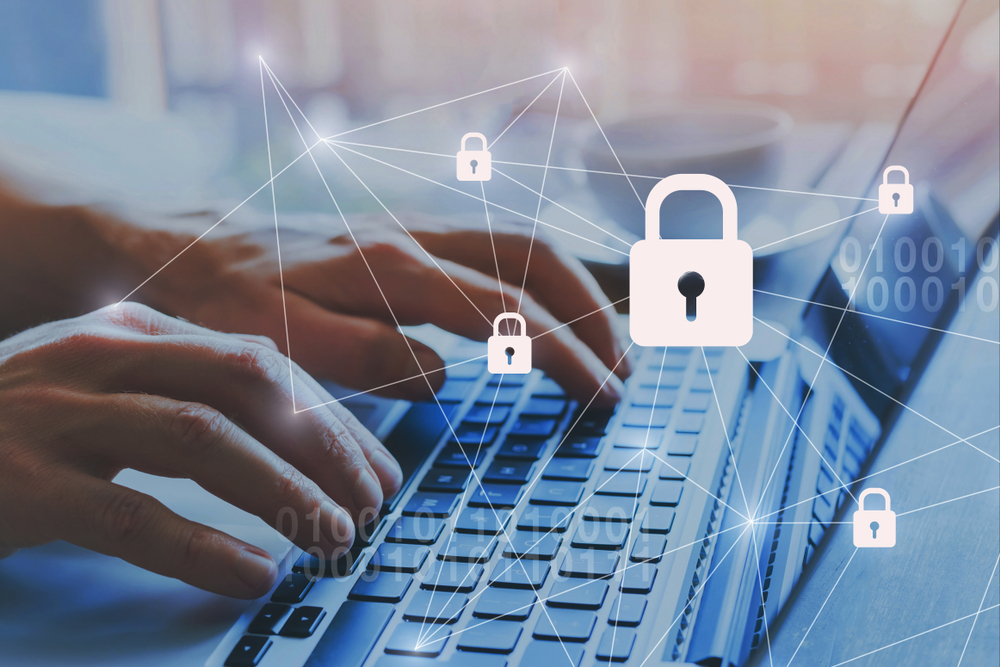Online document-sharing platforms and Secure Data Rooms (SDRs) platforms are designed to provide a convenient and secure way to share sensitive documents and information, but they may not always provide the level of document protection that users expect.
One of the main reasons why SDRs and other online document-sharing platforms may provide weak document protection is because of the risks associated with the Internet and digital communication. While these platforms use encryption and other security measures to protect data, they are still vulnerable to cyberattacks and other forms of hacking. In many cases, these attacks are successful because users do not take the necessary precautions to protect their data, such as using strong passwords, updating software regularly, and avoiding suspicious links and emails.

Source: newsoftwarepro.org
Another reason why SDRs and other online document-sharing platforms may provide weak document protection is because of the nature of the platforms themselves. These platforms are designed to make it easy to share information, often at the expense of security. For example, many platforms allow users to share documents by simply sending a link or granting access to a specific folder, without requiring any additional authentication or verification. This can make it easier for unauthorized users to access sensitive information.
Additionally, SDRs and other online document-sharing platforms may not provide the same level of control and oversight as traditional document management systems. For example, many platforms allow users to download, edit, and share documents without requiring any additional approval or oversight from the owner of the document. This can make it difficult to track who has access to sensitive information and what they are doing with it.
Despite these limitations, there are several steps that users can take to improve document protection when using online document-sharing platforms and SDRs. First, it is important to choose a reputable platform that has a proven track record of security and reliability. This may require some research and due diligence on the part of the user, but it is an essential step in protecting sensitive information.
Second, users should always take the necessary precautions to protect their data, such as using strong passwords, enabling two-factor authentication, and avoiding suspicious links and emails. These simple steps can go a long way in preventing cyberattacks and other forms of hacking.
Third, users should take advantage of the security features provided by the platform, such as encryption and access controls. By using these features, users can add a layer of protection to their documents and ensure that only authorized users have access to sensitive information.
Finally, users should establish clear guidelines and protocols for document sharing and management. This may include establishing policies around who has access to what information, what information can be shared and with whom, and how documents should be stored and accessed. By establishing clear guidelines and protocols, users can help ensure that sensitive information is protected and that everyone understands their role in maintaining document security.

Source: dealroom.net
One issue with SDRs and online document-sharing platforms is that they often rely on user behavior for their security. Even the most secure platform can be compromised if a user fails to take appropriate security measures, such as using strong passwords and avoiding phishing scams. While platform developers may provide guidelines for secure use, it can be difficult to ensure that users follow these guidelines consistently.
Another issue is that even if the platform itself is secure, documents may be vulnerable to theft or interception during transmission. While most platforms use encryption to protect data in transit, it is still possible for data to be intercepted and compromised if the encryption is weak or if the attacker can bypass the encryption.
Furthermore, the security of SDRs and online document-sharing platforms can be compromised by external factors, such as security breaches at third-party service providers or vulnerabilities in the underlying software. While platform developers can take steps to minimize these risks, they cannot eliminate them.
Despite these challenges, there are steps that platform developers can take to improve document protection. One approach is to use advanced encryption algorithms and technologies to protect data at rest and in transit. This can help to mitigate the risks of interception and compromise, even if a user’s password is compromised or if the encryption is bypassed.
Another approach is to provide more granular control over access to documents, such as through the use of access controls and permissions. By allowing users to define who has access to specific documents and what they can do with them, platforms can help to reduce the risk of unauthorized access and misuse of sensitive information.
In addition, platform developers can invest in ongoing security assessments and vulnerability testing to identify and address potential weaknesses in their platforms. This can help to ensure that the platform is always up-to-date with the latest security technologies and practices.
Another issue with online document-sharing platforms is the lack of transparency in their security protocols. Many platforms do not provide sufficient information about their security measures, leaving users unsure about the level of protection their documents are receiving. This can lead to a lack of trust in the platform and a reluctance to use it for sensitive information.
In addition, some platforms may prioritize convenience over security, sacrificing robust security protocols in favor of features such as ease of use and accessibility. This can leave documents vulnerable to compromise, particularly if users are not aware of the potential risks.
Another factor to consider is the risk of human error. Even with the most advanced security technologies in place, a single mistake by a user can compromise the security of a document. For example, a user may accidentally share a document with the wrong person or fail to properly secure their device, allowing unauthorized access to the document.
Furthermore, SDRs and other online document-sharing platforms may be vulnerable to cyberattacks, such as hacking or phishing attempts. These attacks can be difficult to detect and may result in the theft of sensitive information or the compromise of entire systems.
To address these issues, platform developers need to prioritize security and make transparency a key aspect of their operations. By providing detailed information about their security protocols and undergoing regular security assessments and audits, platforms can help to build trust with users and demonstrate their commitment to protecting sensitive and confidential documents.
In addition, platform developers should prioritize security over convenience, implementing robust security measures even if they may make the platform slightly more difficult to use. This can help to ensure that documents are protected even in the face of potential vulnerabilities or human error.

Source: governmenttechnologyinsider.com
It is important to recognize that as we continue to embrace digital technologies, we must also be mindful of the risks and take steps to mitigate them. By understanding the limitations of SDRs and other online document-sharing platforms, and by taking steps to protect sensitive information, we can help to ensure that these technologies continue to be an asset in our lives.
In conclusion, while SDRs and other online document-sharing platforms provide a convenient and efficient way to share sensitive information, they may not always provide the level of document protection that users expect. This is due to a variety of factors, including the risks associated with the Internet and digital communication, the nature of the platforms themselves, and the limitations of current security technologies such as JavaScript which can be easily edited and changed by the user. However, by taking the necessary precautions, using the security features provided by the platform, and establishing clear guidelines and protocols, users can help ensure that their sensitive information is protected and that everyone understands their role in maintaining document security.



